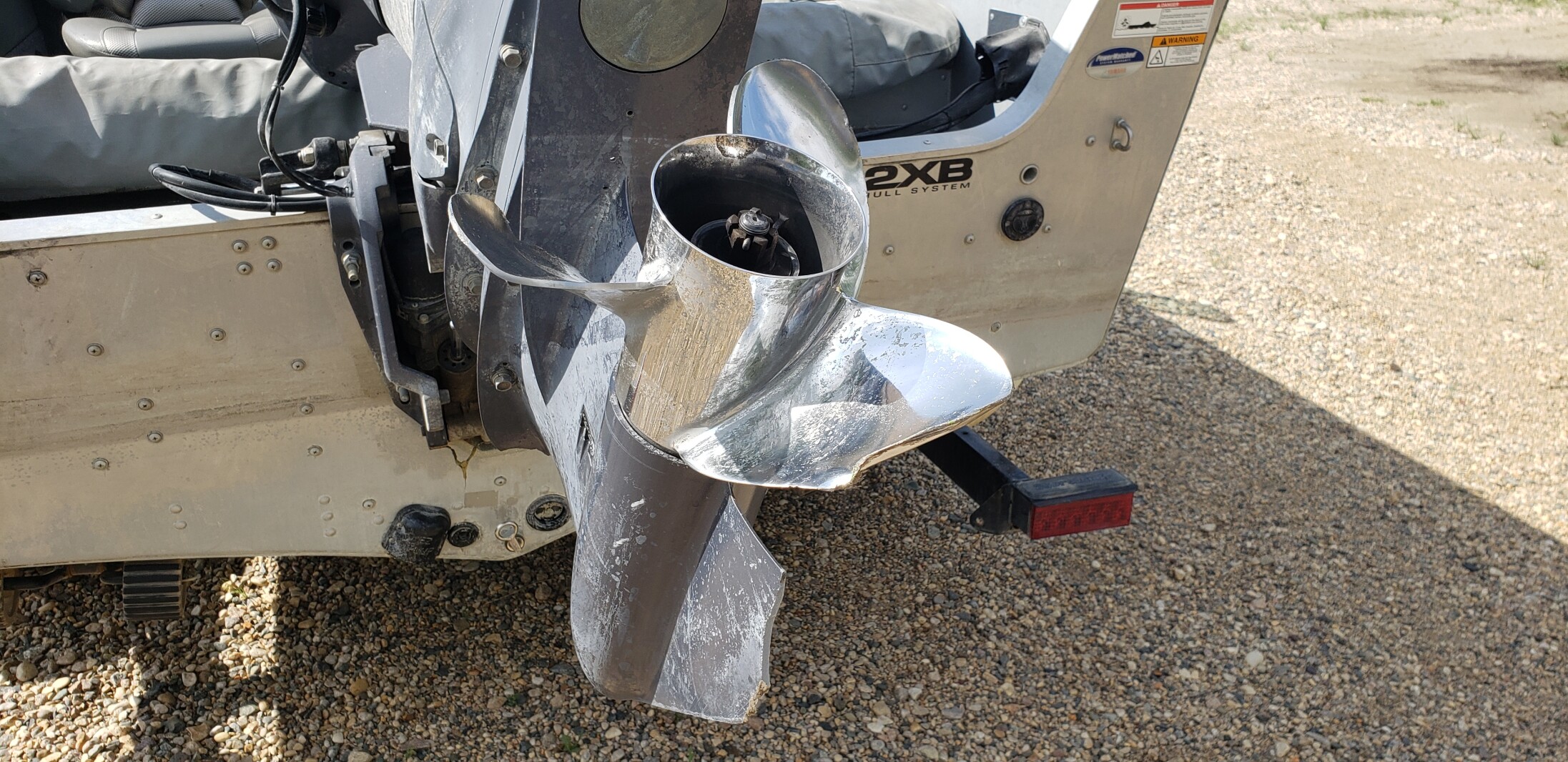When Nature Meets Navigation: A Cautionary Tale from Manitoba's Lake of the Prairies
A serene fishing expedition on Lake of the Prairies turns into a stark reminder of the delicate balance between recreational boating and natural waterway navigation. This incident highlights the growing challenges of water-based activities in environmentally sensitive areas and the importance of local knowledge in maritime safety.

Lake of the Prairies stretching through Manitoba's scenic valley, highlighting the intersection of recreational activities and natural habitats
Natural Hazards and Human Navigation: A Growing Environmental Challenge
In an era where recreational boating continues to surge in popularity, a recent incident on Manitoba's Lake of the Prairies serves as a compelling reminder of the complex relationship between human activities and natural waterways.
The Delicate Balance of Reservoir Recreation
Lake of the Prairies, an artificial reservoir created in the 1960s by damming the Assiniboine River, represents the intricate balance between human infrastructure and natural ecosystems. While providing recreational opportunities, the lake's hidden challenges highlight the environmental considerations often overlooked in water-based activities.
Local Knowledge and Environmental Navigation
Despite years of experience navigating these waters, even seasoned boaters face the unpredictable nature of artificial reservoirs. The incident occurred along the western shoreline, an area known for its treacherous underwater formations - a characteristic feature of man-made lakes where natural topography meets controlled water levels.
"The sound of an outboard motor hitting a rock is absolutely horrible. It's the sound of a good day on the water grinding to an abrupt halt."
Environmental Impact and Safety Considerations
The collision with underwater rock formations raised several environmental concerns:
- Potential damage to natural underwater structures
- Risk of fuel or oil leakage in sensitive aquatic environments
- Impact on local wildlife habitats, including the area's bear population
Sustainable Recreation and Conservation
The incident underscores the importance of sustainable recreational practices. Local fishing regulations, such as the requirement to release walleyes longer than 45 centimeters, demonstrate existing conservation efforts to maintain ecological balance.
Learning from Environmental Encounters
This experience serves as a valuable lesson in the importance of environmental awareness and responsible navigation. The relatively minimal damage to the vessel and quick repairs highlight the resilience of modern boating equipment, but also emphasize the need for cautious approaches to water-based activities in natural settings.
Moving Forward: Balancing Recreation and Conservation
As recreational boating continues to grow in popularity, incidents like this emphasize the need for enhanced environmental awareness and proper navigation training. The challenge lies in maintaining access to these natural spaces while ensuring their preservation for future generations.
Thomas Reynolds
Correspondent for a London daily, specialist in British foreign policy and transatlantic issues.
